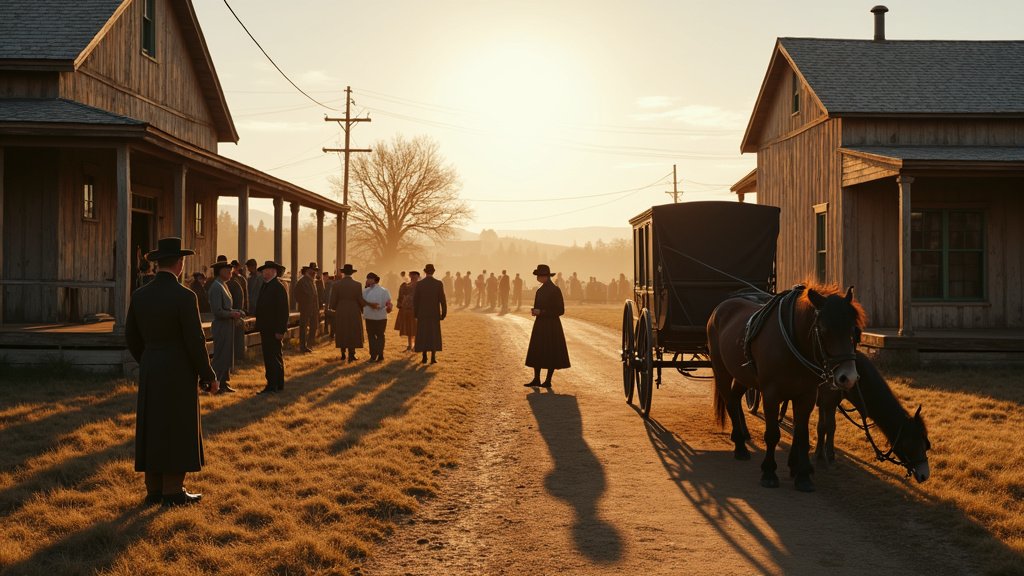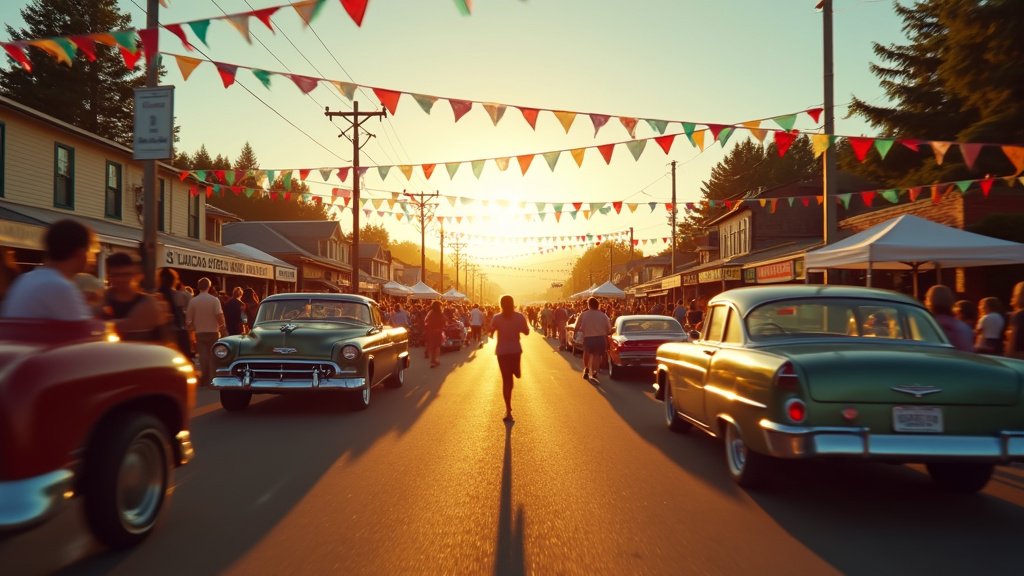Getting Started with Cross Country Skiing: A Novice’s Handbook
Amid the magnificent slopes of the Pacific Northwest, cross-country skiing often languishes in the shadow of alpine skiing. Compared to the thrills of downhill, Nordic skiing (as cross-country is also known) can seem so slow, so sedate. But put another way: Cross-country skiing is gloriously serene. It’s quiet, presents little risk of injury, and has a low barrier to entry. With rental gear costing as little as $15 per day, it’s an accessible sport for many. It gets you out of the city and into the splendors of a snow-covered landscape. And slow? Sure, it might not be a high-speed affair, but the sport can be a strenuous workout if you want it to be.
For those new to skinny skis, here’s all you need to know to get yourself out on the trail. Looking for where to go? We’ve got you covered on that front, too.
Cross-Country Skiing Essentials
Before you hit the trails, let’s break down the essentials of cross-country skiing to ensure you’re well-prepared for your adventure.
Clothing and Accessories
When it comes to attire, the right clothing can make all the difference. You may want to consider the following:
- Beanies: A great way to overheat. Opt for headbands instead.
- Sunscreen and Sunglasses: Even under gray skies, snow produces glare. Leave the big ski goggles at home.
- Lightweight Layers: This is an aerobic activity, so resist the urge to overdress. It’s OK to start out feeling a little chilly. Choose layers that allow for a good range of motion. If you run cold, a thin insulated vest can do wonders.
Carrying too much weight will throw off your balance, so stick to a fanny pack or small backpack. Beyond water and snacks—maybe a thermos with hot cocoa?—consider packing moleskin or tape for blister prevention. Remember, less is more when it comes to carrying gear!
Understanding Equipment
Bindings: These must be compatible with your boots. Modern bindings include the New Nordic Norm (NNN), which have a small clamp that attaches to a bar at the toe. Different styles have emerged over the years, but NNN is the most common today.
Poles: Cross-country poles are longer than those used for downhill skiing, typically reaching between the armpit and the shoulder. They provide propulsion and stability, helping to regain balance if needed.
Boots: Unlike their armored downhill counterparts, cross-country boots are lightweight and flexible. They don’t lock in at the heel, allowing you to push yourself forward without feeling constrained.
Skis: Long, skinny, and light, cross-country skis are designed for efficient gliding. However, their design makes them less stable than downhill skis, presenting challenges when it comes to turning and stopping.
In machine-groomed ski areas, you’ll find set tracks designed for classic skiing. Your skis slot into these striding rails, which help keep them parallel and guide you forward.
The Importance of Wax
Wax: This comes in two main types: kick wax for grip and glide wax for speed. Your choice of wax will depend on temperature and snow quality. Newbies are well-served by a universal glide wax, which should be applied to just the ski tips and tails, not to the area under the binding. This will help your skis maintain speed without compromising grip.
Classic vs. Skate Skiing
But wait, what’s skate skiing? A more recently developed style of cross-country skiing that began to take off in the ’80s, skate skiing uses a side-to-side motion akin to ice skating. This technique requires different equipment and works best on a groomed surface that resembles corduroy. While skate skiing offers a vigorous workout, the learning curve is steeper; thus, most beginners start on classic skis before making the leap.
Cross-Country Skiing Rentals, Lessons, and Clubs near Portland
Portland offers a plethora of resources to help you get started with cross-country skiing, from gear rentals to lessons and clubs.
Get Your Gear
The Mountain Shop provides Portland’s widest fleet of cross-country rentals, including classic, skate, touring, and even roller skis for dryland training. A basic classic package (skis, poles, boots) costs $30 for two nights, with additional nights at $10. A kid’s version is $20 for two nights, $8 for each additional night. If you’re committed, consider a season lease or a 30-day rental. If you buy within one year, the shop will apply a rental credit to your purchase.
Another option is Next Adventure, which rents metal-edged skis suitable for ungroomed terrain that still fit into the tracks at groomed ski areas. Skis, poles, and boots cost $30 per day, with $15 for each extra day. A kid’s classic package—without metal edges—costs $20 per day, $10 for each extra day.
Learn Some Technique
If you’re looking to refine your skills, consider taking a lesson:
- Mt. Hood Meadows offers two-hour group lessons twice a day Thursday–Monday and during winter and spring school breaks. A $69 package includes a group lesson, classic rentals, and a track ticket.
- Mazamas, a mountaineering nonprofit, runs classic and Nordic backcountry programs over two or three sessions, with 2025 tuition set at $230 for members and $265 for nonmembers.
- Wy’East Nordic provides private, two-person, and small group lessons held weekdays only at Teacup Lake, starting at $125 for a two-and-a-half-hour session.
Make New Friends
Joining a club can enhance your experience and help you meet fellow enthusiasts:
- Teacup Lake Nordic Club is a mostly volunteer-run nonprofit that maintains the ski area of the same name. Offerings include roller ski clinics, races, ski swaps, group workouts, and multiweek training programs for both kids and adults.
- The Portland branch of the Oregon Nordic Club sponsors an impressive roster of overnight trips across the region, plus day tours to Mount Hood and Southwest Washington. In the summer, the club holds volunteer work parties to maintain and improve local ski trails.
Just for Fun: 3 Notable Moments in Oregon Cross-Country Ski History
Oregon has a rich history with cross-country skiing that adds to its charm:
- John Templeton Craig: Once, skiing was a way people traveled. Mail carrier John Templeton Craig became a tragic symbol of this in 1877 when he got caught in a storm with a pack full of Christmas post and froze to death in his McKenzie Pass cabin. In 1934, a race was held in his honor—an event that’s continued in various forms for the 90 years since.
- Crater Lake Ski Race: In February 1927, a couple dozen skiers embarked on a 42-mile race from Fort Klamath to Crater Lake and back; the Associated Press called it “one of the greatest battles of endurance, of wits and of the elements ever held in the northwest.” Early contests attracted thousands, but crowds waned after the introduction of ski lifts.
- Stumptown Birkebeiner: A perk of Portland’s poor plowing: urban skiing. Since 2008, snowfall in the city has sent Nordic-loving locals on an impromptu, very informal race through Northwest Portland, starting at Powell’s City of Books. Known as the Stumptown Birkebeiner, it has drawn upwards of 100 people—including, in 2021, Portland Pickles mascot Dillon T.
Conclusion
Cross-country skiing is an exhilarating way to experience the beauty of the Pacific Northwest while enjoying a fantastic workout. With its low barrier to entry, diverse landscapes, and vibrant community, it’s an ideal sport for novices and seasoned pros alike. Whether you’re renting gear, taking lessons, or joining a club, embracing cross-country skiing will surely enrich your winter months. So grab your skis, pack your essentials, and prepare to glide through the stunning winter wonderland that awaits you!




